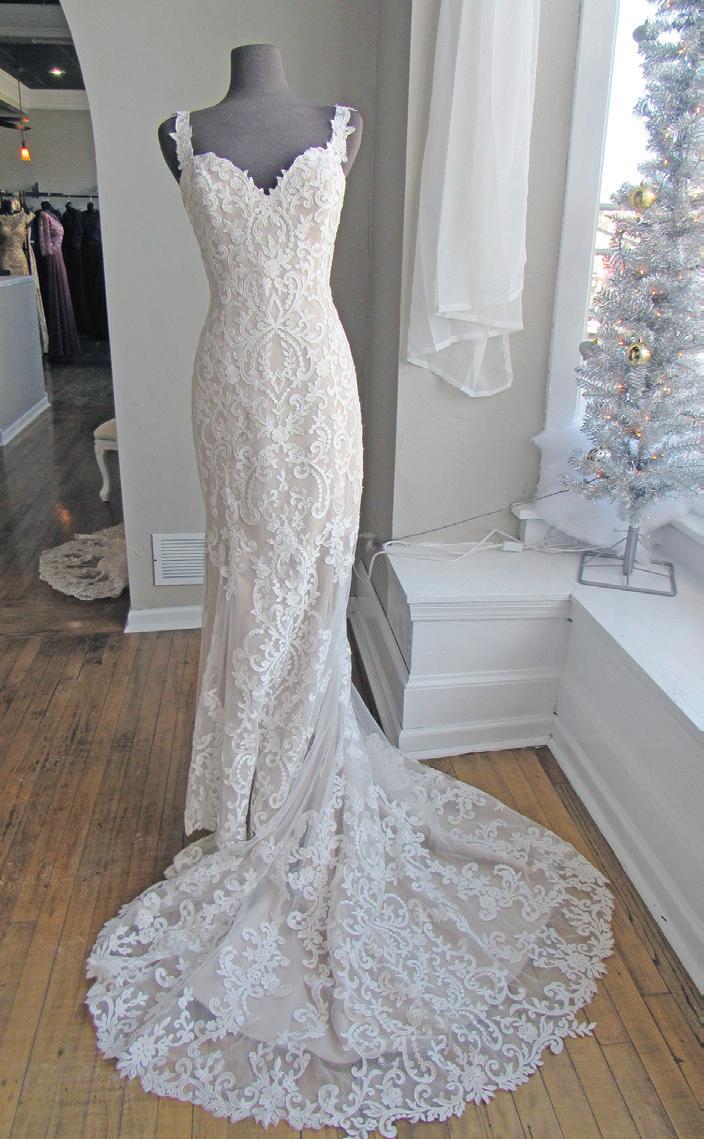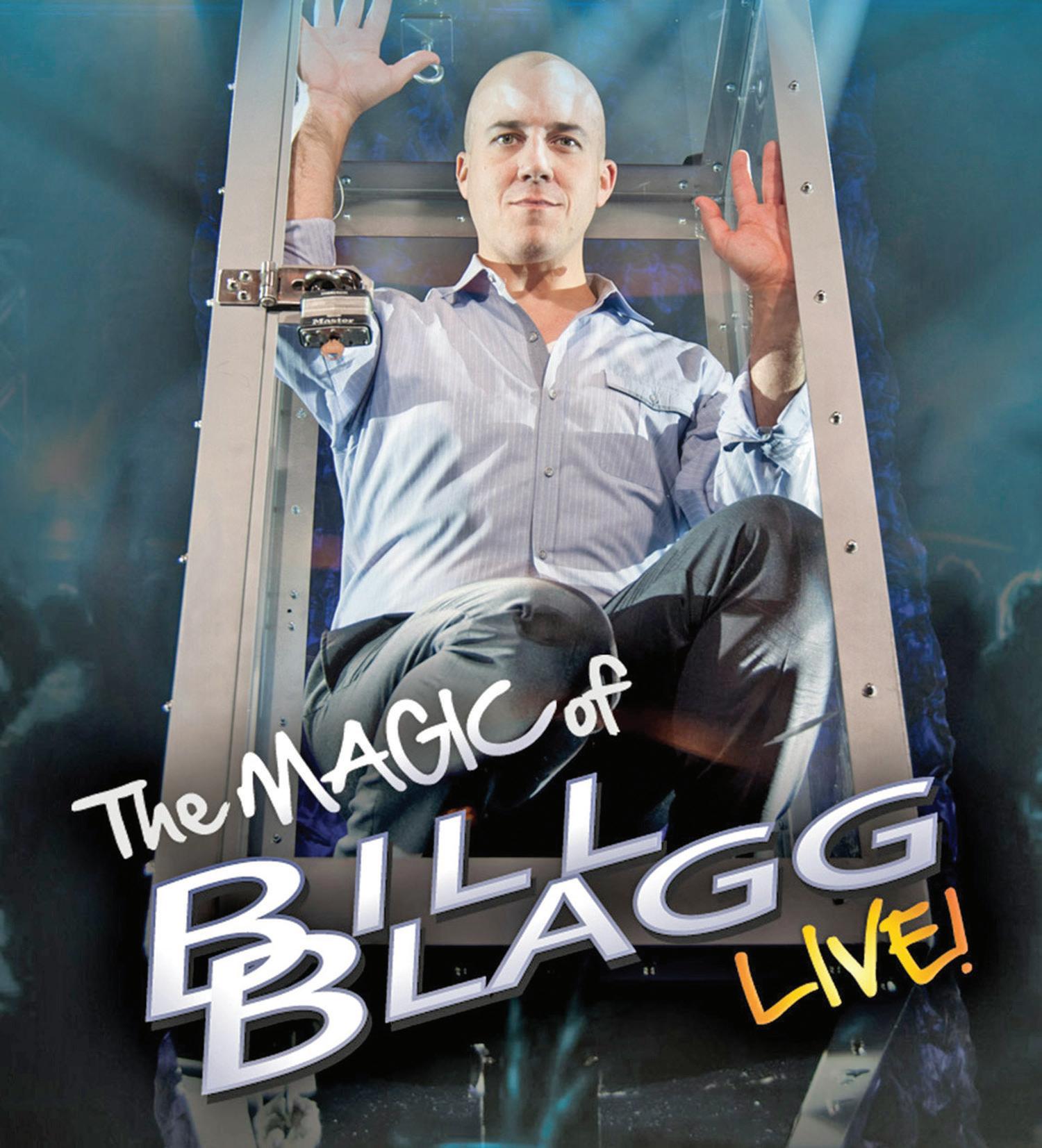
6 minute read
Bridal gowns are rich in history
THE Dress
THAT MAKES THE Bridal gowns are rich with history, tradition
Advertisement
by Sandra Landen Machaj
CORRESPONDENT
In the early 1800s, wedding dresses were far different from those that are commonly seen on today’s brides. While the wealthy class and royalty wore gowns of the richest material, the less monied brides would be married in their best dress, the one usually reserved for Sunday church.
The color of the dress was not important. The wealthy wore a variety of bold colors made of velvet or silk, fashoined in the popular styles of the day. In these higher classes, it was expected that the bride would dress in a manner to reflect on the wealth of her family.
Marriages were often arranged by families to increase the families’ wealth and land. Among royalty, marriages were arranged as alliances between countries. Marriages strictly for love were rare.
Other than Philippa of England in 1406 and Mary Queen of Scots when she married her first husband Francis the Dauphin of France in 1559, there no other instances of royalty wearing white at their weddings until
Day 1840. Then Queen Victoria married Albert of Saxe- Coburg and wore a white silk gown trimmed with orange blossoms and a veil of Honiton lace. Many brides of the era followed the queen’s choice and it was not long before white became the color of choice for brides. By the 1850s, the white bridal gown became the popular gown. They were created out of embroidered silk, and lace often with floral detailing much like the gown of Queen Victoria. The look was completed with a long lacy veil. Within the next 10 years, the trend to
WinterWeddings
above: A wide selection of dresses in a variety of popular styles is on display at All about the Gown by Judy in Lake Geneva.
Plan Your Next Event Here!

RETAIL STORE • Wine • Beer • Craft Spirits • Gift Items WINE BAR • Wines by the Glass • Wine Flights Daily • Bottles of wine to enjoy in our lounge
BEER GARDEN • Craft Beer • New Glarus
LOUNGE & PATIO • Comfortable seating for relaxing • Lounge - 2 fireplaces • Patio - weather permitting EVENTS • Check our website for a full calendar of events
RESERVE
YOUR GUIDED
WINE TASTING
With A Gift For The Bride


EVENT ROOM FOR • Showers • Rehearsal Dinners • Birthday Parties We work with many awesome caterers
INTIMATE/PRIVATE THEATRE FOR RENT 617 W. Main Street • Lake Geneva, WI 53147
(half block east of Starbucks)
www.thebottleshoplakegeneva.com
381083 Fresh and Natural Catering

http://www.sophisticatering.com
Welcome to Sophisticatering! We are a family owned and operated, full service catering company out of Kenosha, Wisconsin!
Weddings • Social Events • Corporate Events
8048 Sheridan Road Kenosha, WI 53143 t: 1-262-620-3663 e: info@sophisticatering.com
247371
Another Time
Creations from the Past Bridal Alterations
Custom Sewing • Period Clothing Wedding Apparel • Prom • Alterations • Millinery Custom Bridal Creations
(with 6 months lead time) I have moved my Business to my Country Home. Please call for an Appointment 262-728-4403
Bev Busch/Wassam, 50 Years Experience Bridal and Formal Wear Alterations
305349
Designing To Please Since 1969

Your Complete Wedding & Floral Specialists

Highway 11, Delavan • 262-728-2020 www.treasurehutflorist.com

wear white extended to the bridesmaids of the wedding party. They, too, would wear a white gown and veil although not as elaborate as the bride. This trend did not continue for long and the bridesmaids began to again wear other colors. Brides in the U.S.
In the United States the wealthy followed the trends of Europe in terms of fashion although they were often a year or two behind the current trends waiting for word and cloth to arrive on the ships that crossed the ocean.
In the early 1800s, bridal dresses were of various colors including black. The Geneva Lake Museum received a black silk wedding gown from Mary Kaye Merwin which dated back to 1830. The dress was worn by Julia Kaye, believed to be one of the daughter’s of Arthur Kaye when she married James Reek. Arthur Kaye owned Kaye’s Park on Geneva Lake, a summer resort in the 1800s.
At this same time the immigrants from Europe who were making the Midwest their home were busy clearing land and raising crops and were often short of cash. These brides would wear their Sunday dress for their wedding. If there were funds and fabric available to purchase, a new dress would be made for the wedding. Styles follow trends
The styles of bridal dresses followed the styles of the fashion industry of the time. By 1880 the Victorian era had taken over women’s fashions and bridal dresses reflected the style. High necklines, a fitted bodice with long sleeves and a full feminine skirt which reached to the ankles prevailed. Dainty white gloves were worn so that even the hands were covered.
The styles of wedding dresses did not change much until the roaring 1920s. Waistlines dropped and hemlines were raised and many wedding dresses followed this style. Elaborate headpieces from diamond (real or fake) tiaras and delicate hairpins were worn with long cathedral veils. Cloche-style headpieces, elaborately decorated with lace or jewels were also seen on many brides.
The Roaring ’20s style went out as quickly as it roared in with a return to floor length bridal gowns, with long sleeves, and a small train but always in white. The dresses were often created of satin and designed with appliqued lace or embroidery for the fashionable bride of the late 1930s and early 1940s.
With World War II making its way across Europe, the 1940s brought additional changes in wedding celebrations. As America entered the war, life in the U.S. changed.
While many weddings were planned in advance, they often had to be changed due to the grooms being deployed. With much uncertainty in their lives, couples married on short notice leaving no time to order a bridal dress. They returned to the old days when brides just wore their best outfit and the days of large receptions were limited due to the austerity of war time including rationing of food items.
Movie stars who were known for their elaborate gowns and jewels also began to have quick weddings wearing nontraditional bridal gowns. Stars of the 1940s Ava Gardner and Mickey Rooney were one such couple who married in non-traditional clothing. Ava wore a gray suit with black veil. To brighten the look she wore a white corsage.
After the war, bridal gowns returned to the more feminine look with wedding gowns worn by Queen Elizabeth, and Jackie Kennedy providing a glamorous, feminine look with sleek, fitted bodices and full skirts with sweetheart or scoop necks.
Many remember the look of the 1980s identified by the bridal dress of Princess Diana for her marriage to Prince Charles. With huge puffy sleeves and made of taffeta, it gave her the look of being swallowed by the gown. By the end of the 20th century luxurious stylings with full skirts and lace were seen at many weddings.


• CONTINUED ON PAGE 31
left: Wedding gowns through the years have not always been in the traditional white or off-white of today, as this dress from 1830 attests. middle: This dress on display at All about the Gown by Judy in Lake Geneva features a form-fitting shape and bare shoulders. right: Modern wedding dress styles include this ultra-elegant formal gown with intricately detailed lace.




